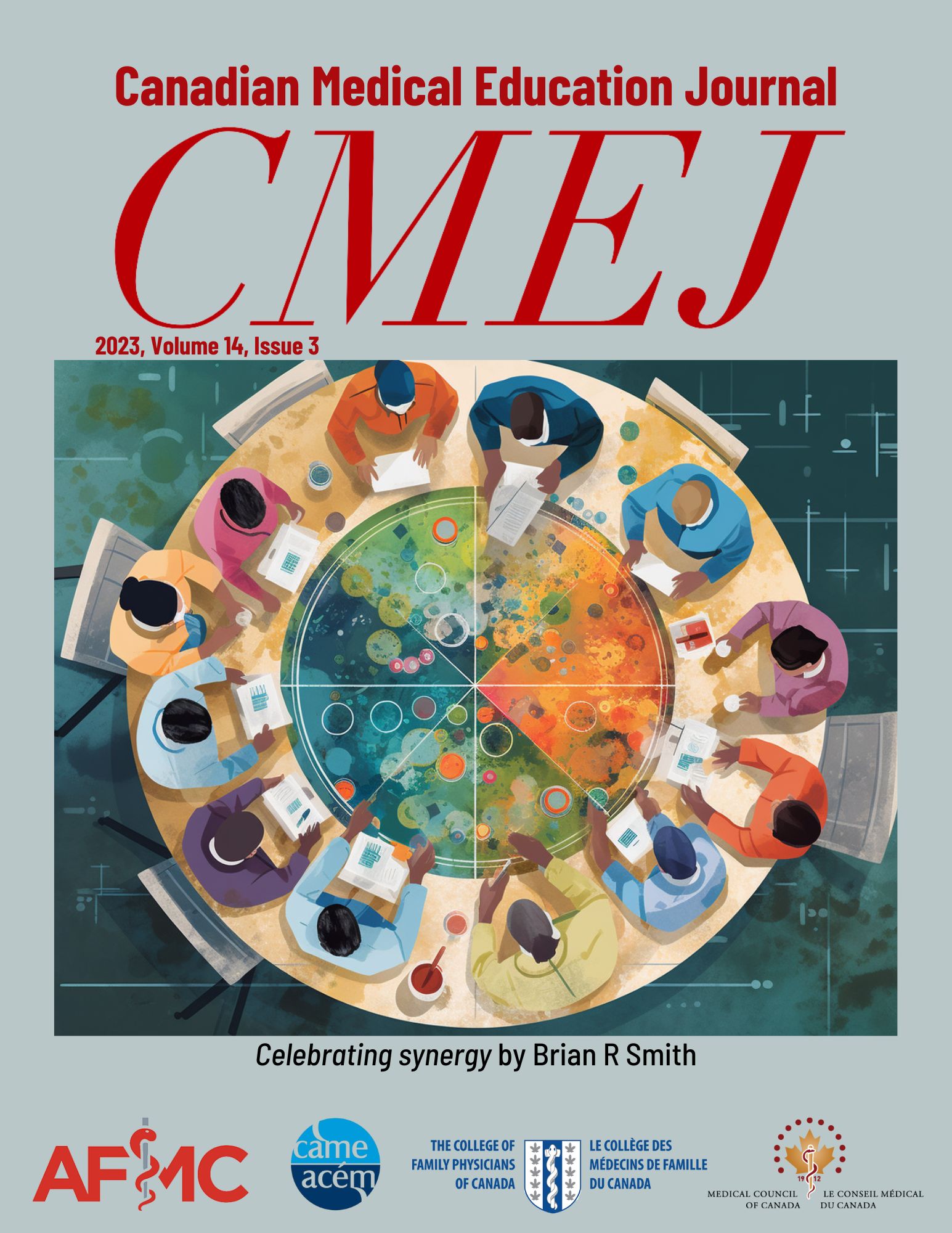Mapping in 3D with MapIt: an added value for a professionalization path from the student perspective
DOI:
https://doi.org/10.36834/cmej.75603Abstract
Implication Statement
During the pandemic, the MapIt app was integrated into an occupational therapy program to support remote learning of built environment adaptation. MapIt maps rooms in a home, then generates a 3D model for viewing and taking virtual measurements. The students express that the use of MapIt during their training leads to embodying the roles expected of an occupational therapist. To inspire other good pedagogical ideas, this article presents how MapIt can support learning in authentic situations, a key element of a professionalization path, approaching the realities experienced by patients, clients, or caregivers.
References
Guay M, Labbé M, Séguin-Tremblay N, et al. Adapting a Person’s Home in 3D Using a Mobile App (MapIt): Participatory design framework investigating the app’s acceptability. JMIR Rehabil Assist Technol. 2021;8(2):e24669. https://doi.org/10.2196/24669
Dell’Era, C, & Landoni, P. Living lab: a methodology between user-centred design and participatory design. Creativity Innov Manag. 2014;23(2), 137-154. doi:10.1111/caim.12061
Institut interdisciplinaire d'innovation technologique (3IT) de l’Université de Sherbrooke. MapIt [Internet]. Université de Sherbrooke [Dernière mise-à-jour 2022 Avr 18 ; cité le 4 octobre 2022]. Référence accessible au : https://introlab.3it.usherbrooke.ca/mediawiki-introlab/index.php/MapIt
. Creswell, JW (2014). Research design: Qualitative, quantitative and mixed methods approaches (4e éd.). California: Sage Publications.
Lewis JR. Psychometric evaluation of the PSSUQ using data from five years of usability studies. Int J Hum-Comput Inter. 2002;14(3):463-88. https://doi.org/10.1080/10447318.2002.9669130
Nielsen J. Usability engineering. Elsevier; 1993. ISBN: 978-0-12-518406-9
Association canadienne des ergothérapeutes. Profil de la pratique des ergothérapeutes au Canada. 2012. [cité le 4 octobre 2022]. Référence disponible au : https://www.caot.ca/document/4720/2012profil.pdf
Le Boterf G. Professionnaliser : construire des parcours personnalisés de professionnalisation. 7e éd. Paris : Eyrolles; c2016
Downloads
Published
Issue
Section
License
Copyright (c) 2022 Manon Guay, Audrey Clavet, Ana¸ïs Métivier-Francis, Kathryne Chamberland, Mathieu Labbé, Frédéric Leblanc, François Michaud

This work is licensed under a Creative Commons Attribution-NonCommercial-NoDerivatives 4.0 International License.
Submission of an original manuscript to the Canadian Medical Education Journal will be taken to mean that it represents original work not previously published, that it is not being considered elsewhere for publication. If accepted for publication, it will be published online and it will not be published elsewhere in the same form, for commercial purposes, in any language, without the consent of the publisher.
Authors who publish in the Canadian Medical Education Journal agree to release their articles under the Creative Commons Attribution-Noncommercial-No Derivative Works 4.0 Canada Licence. This licence allows anyone to copy and distribute the article for non-commercial purposes provided that appropriate attribution is given. For details of the rights an author grants users of their work, please see the licence summary and the full licence.






